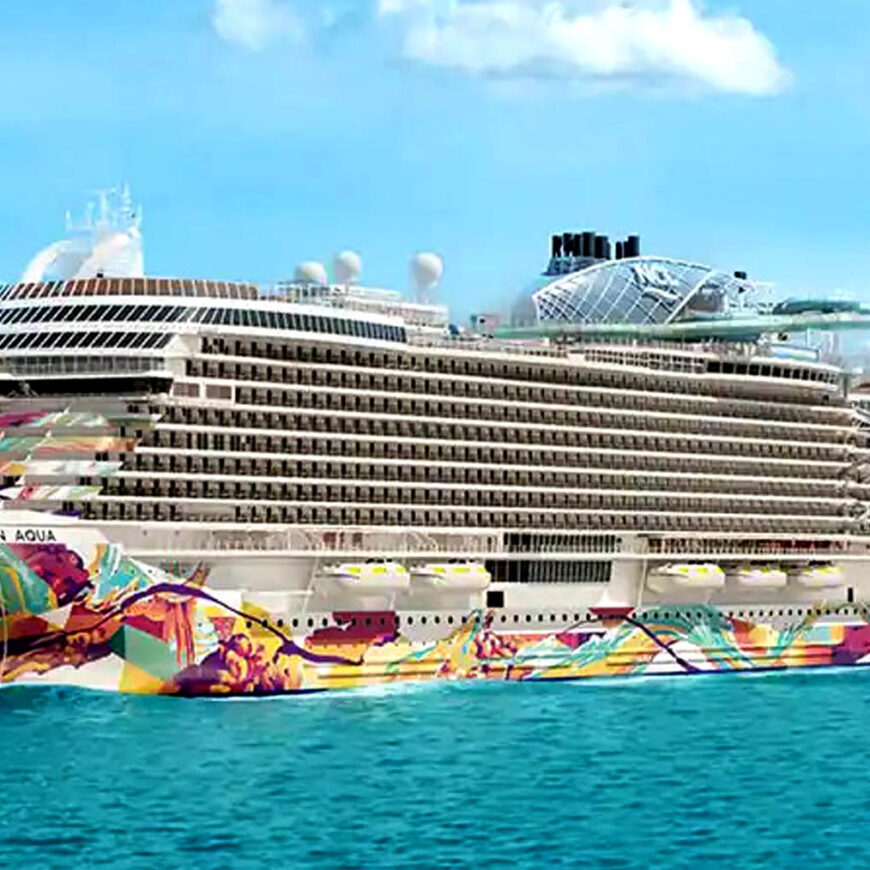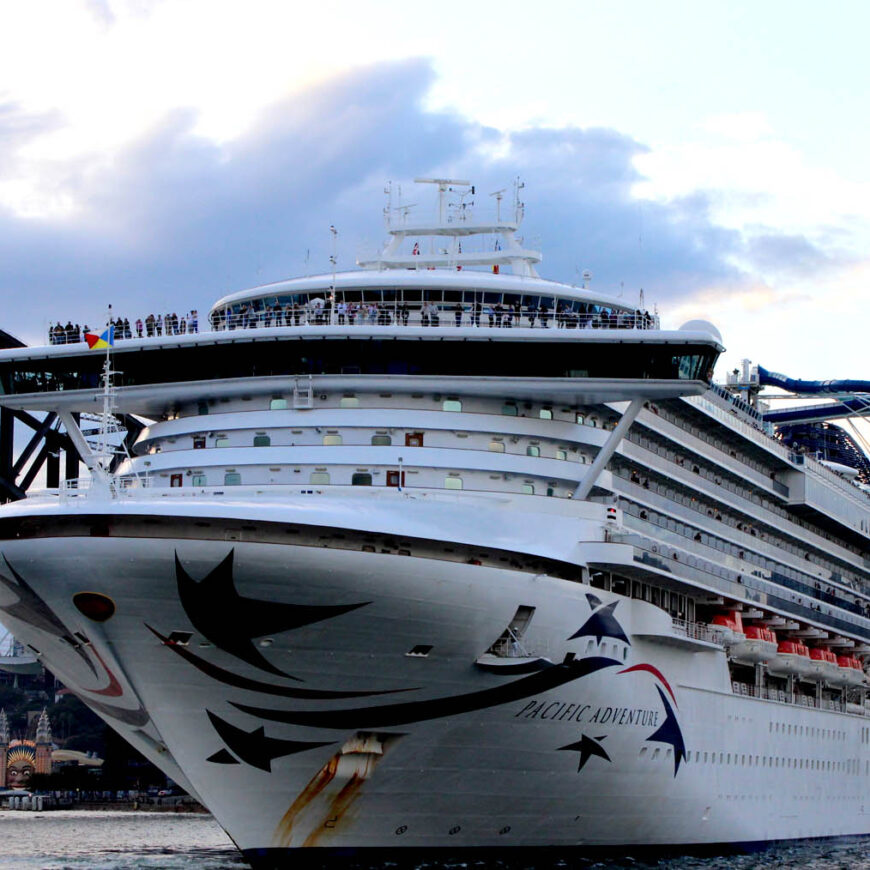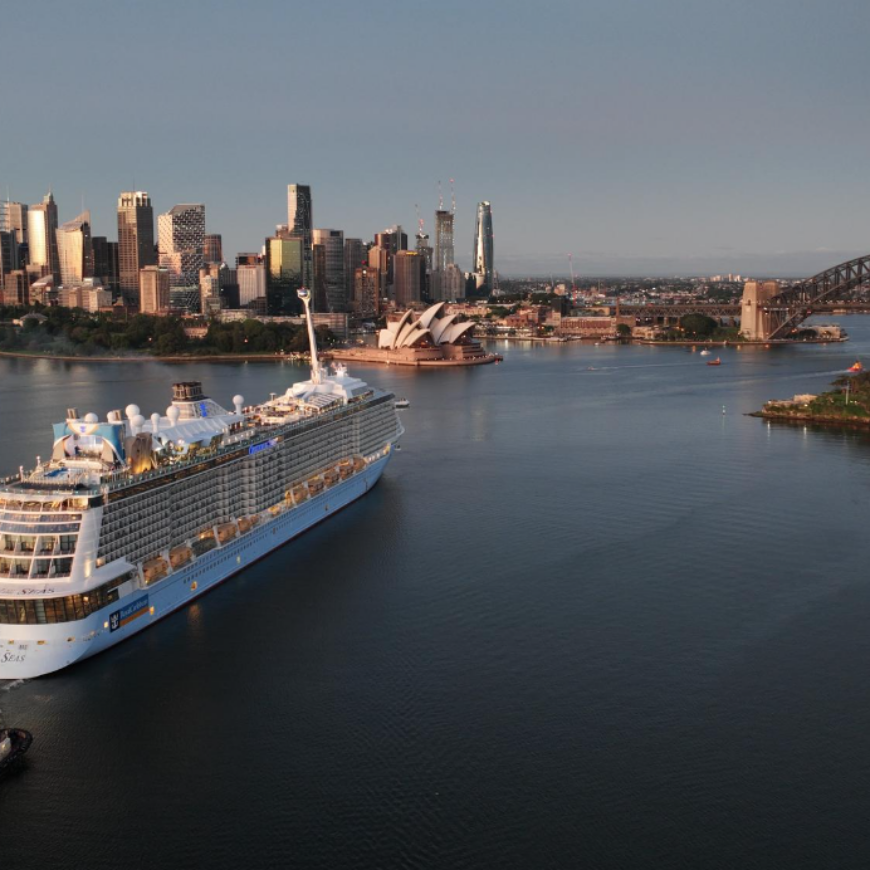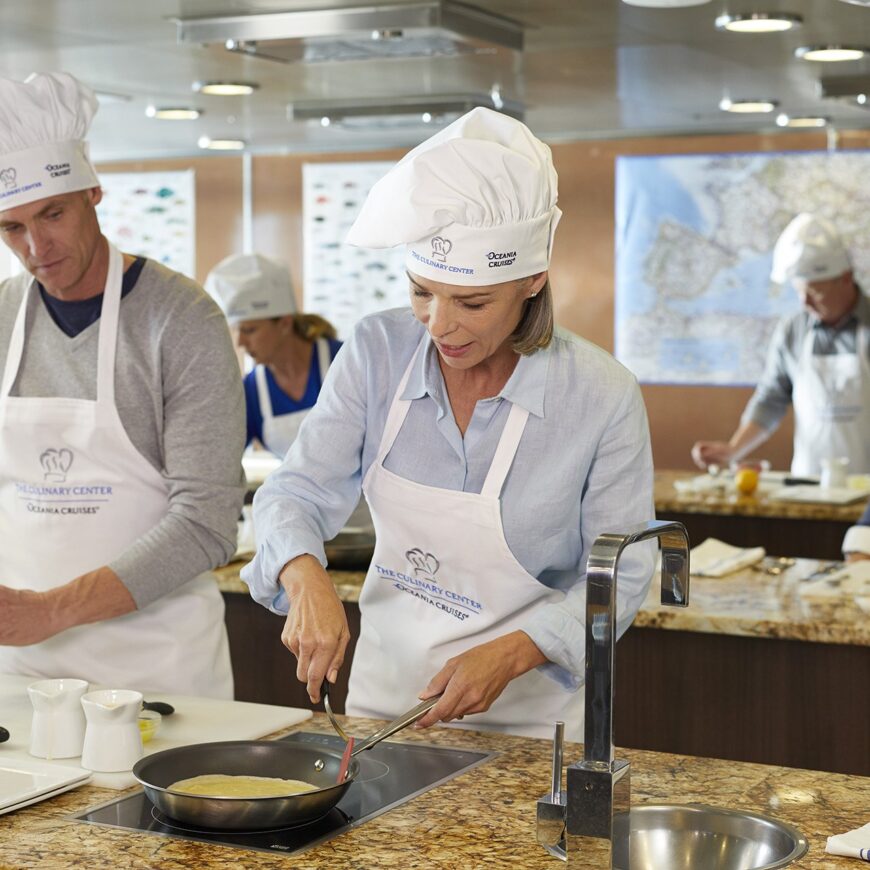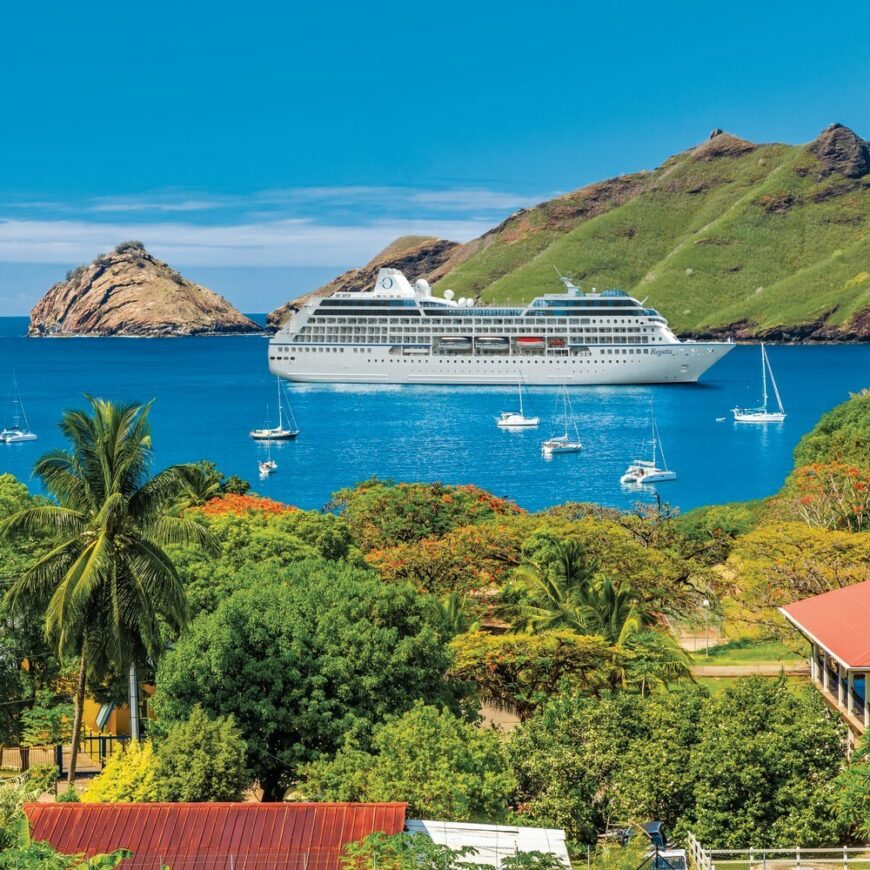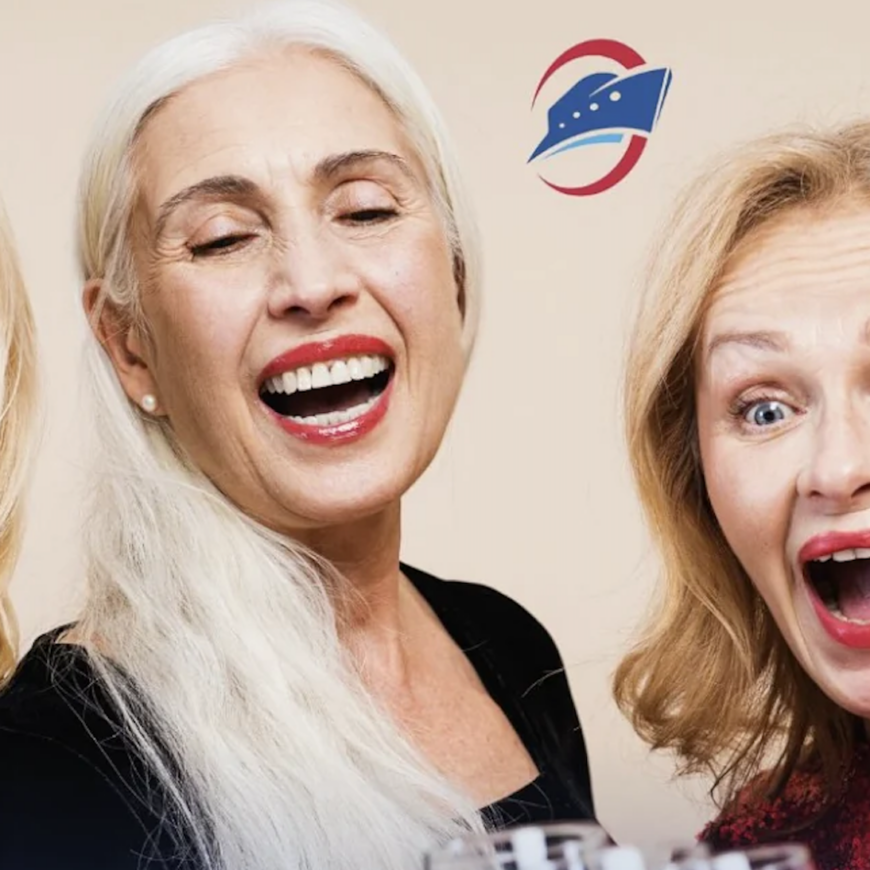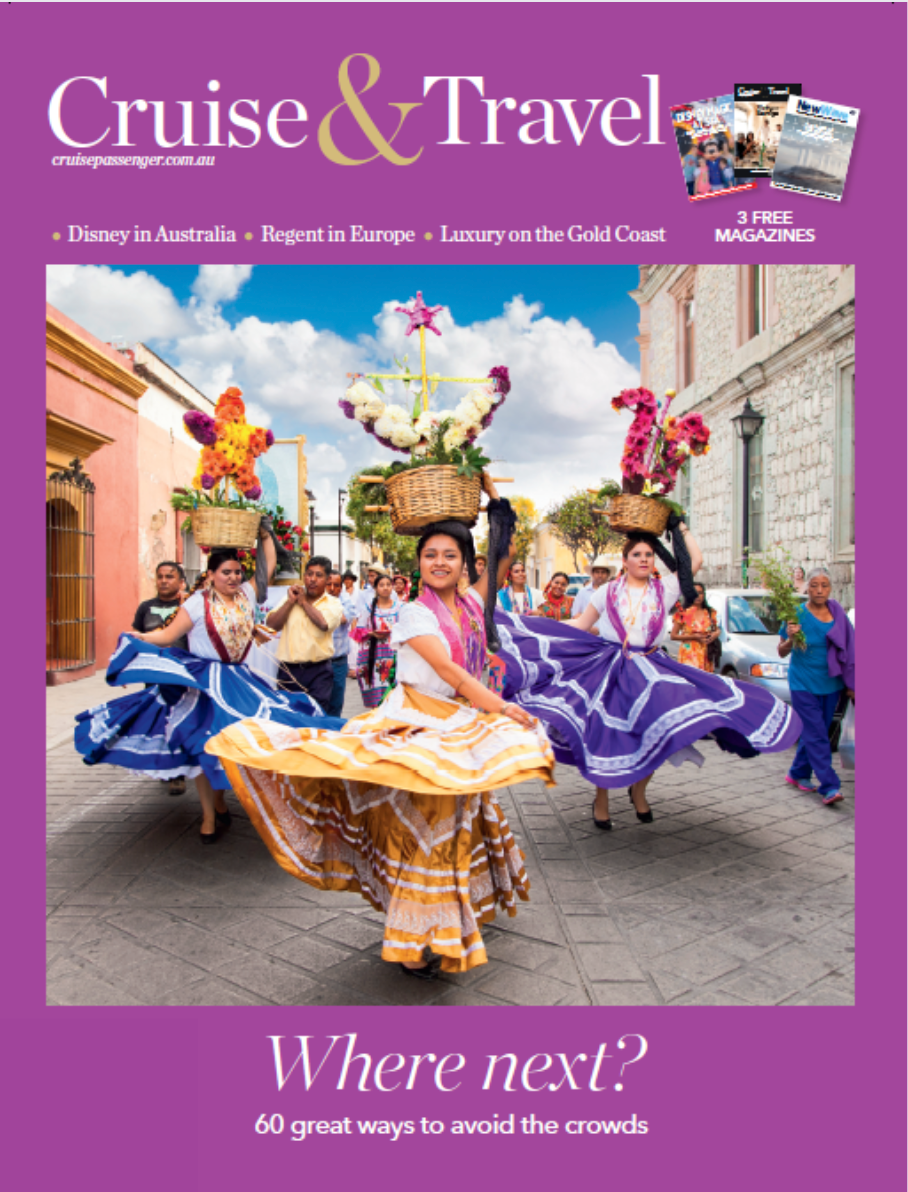Royal Caribbean head says the Port of Sydney is choked and needs fixing now
NewsThe head of Royal Caribbean has expressed frustration at the lack of progress over Sydney Harbour’s ability to handle cruise ship growth.
In unusually forthright comments on the political inertia over the harbour’s capacity, President and COO Adam Goldstein said the day had arrived when growth was being choked.
He said the $4.58 billion cruise industry – almost 70% of which flows to NSW – was still looking for a champion in the State G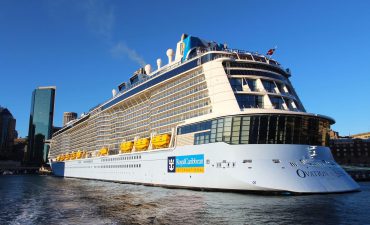
And he suggested that cruise lines had not been included in any public/private partnership to search for strategic solutions.
His remarks came on the eve of renewed talks with government officials, and two days after Carnival’s Executive Chair Ann Sherry estimated Australia’s cruising population for 2017 could be 1.2 to 1.3 million – 20 per cent up on the 2015 figure of 1,058,000, and a new world record for cruise numbers per head of the population.
Ms Sherry has long advocated sharing facilities with the Australian Navy at Garden Island.
She said aboard the Queen Mary 2 at the weekend: “Once we went over the million-passenger mark I would have thought that the needs of the cruising industry would have progressed on the infrastructure agenda but it hasn’t happened.”
Ms Sherry said dealing with both state and federal governments had been complex.
Her views were echoed by Mr Goldstein.
Royal Caribbean has this season brought the Ovation of the Seas to Sydney, Australia’s newest and biggest ship. She adds to fleet regulars Mariner of the Seas and Radiance of the Seas.
Such is Ovation’s popularity that her season later this year has already been extended.
But in an interview with Cruise Passenger this week, Mr Goldstein could hardly hide his irritation at the lack of progress over infrastructure.
“This is one of the more significant and more important and better cruise markets in the world and we’re very pleased to have a leadership role in it. It’s relevant to our global strategy and it’s a great country. We’re very bullish.”
But he added: “Clearly, the lack of infrastructure here in Sydney has reached the point where it is not able to facilitate the amount of growth that would otherwise occur in the absence of infrastructure constraints.”
Mr Goldstein said he comes to Sydney every two years to meet with the “powers that be” at the State and Federal levels. But he said many changes in personal at the State level meant it had been hard to find a champion.
“For many years we advocated that the day was coming when the amount of growth would begin to be chocked off. We’ve reached that day.
“Clearly we are just not able to do all the things we would like to do. For example, with Ovation of the Seas, which could have more calls.
“I will again engaged in those types of conversations and our ambition is for the government and the private sector to work together to identify options and hopefully convert at least one of those options into long term “
Mr Goldstein said he had read Cruise Passenger’s exclusive story about the double-berthing plan for Sydney Harbour, meaning two ships would use the Overseas Passenger Terminal (OPT) in one day.
“Let’s be clear about this – double berthing is not fine in our opinion. We don’t think the solution to Sydney’s capacity problems is double stacking at the OPT.
“We have tremendously high standards for the service and experiences we expect to deliver to our guests, and putting two of our larger ships in a position where they would have to trade off the same pier on the same day for turnaround operations is not a path we are going to do down.
“If anything is out of normal in terms of weather, customs and immigration or who knows what, that double stacking operation would go awry very quickly. You imagine two Ovations of the Seas berthed at OPT consecutively. That’s approximately 18,000 customers either starting or ending a cruise
“If something goes wrong in the morning, that affects the whole day’s operations. That’s a negative impact on 18,000 cruisers at one time.”
Royal Caribbean opted to place Radiance of the Seas on Athol Buoy twice when she was in the harbour at the same time as Ovation of the Seas. It means unloading and loading luggage, supplies, crew and passengers on the water.
“We opted to turn around a ship at anchor – an option we had avoided for 50 years – in preference to double stacking,” Mr Goldstein said.
He called for serious evaluation of what could be achieved at Port Botany. “We really would like to see co-operation of the public and private sectors for an evaluation.
“We’re not averse to s olutions in Sydney Harbour. We’re just not aware of any solutions in Sydney Harbour. And if there are other areas in the Sydney region – we’ve had calls in Port Kembla – we’re prepared to look anything
olutions in Sydney Harbour. We’re just not aware of any solutions in Sydney Harbour. And if there are other areas in the Sydney region – we’ve had calls in Port Kembla – we’re prepared to look anything
“But the key has to be public-private co-operation looking together for solutions. Bringing various kinds of expertise to the problem, as we do in other parts of the world.”
Mr Goldstein said his frustration was born out of the fact that Australia is a wealthy, sophisticated and capable country and should be able to find a solution.
And he clearly felt that his company’s global expertise was not being utilised.
“We have the expertise and wherewithal. One of the problems is the calibre of public private dialogue is not happening the way it should. We’ve had occasional opportunities to participate in tangential ways but not in the core of the dialogue”.
Continuity was a problem, he maintained. “We haven’t been able to sustain a relationships with critical members of government.”
The cruise industry has to be long sighted – ordering ships 8-10 years forward, knowing the economic return would be in 2025 to 2055.
Infrastructure problems had a long term time frame.
On the Navy’s base at Garden Island he said: “If it is correct that the Navy will never leave or share, let’s establish that principle and move on.”
And of the NSW government, he said: “Most of the critical elements are with the state government and we are still looking for a champion.”
Summing up, he maintained: There is just so much opportunity – it is a good news story today, but it has the capability of being a great news story for the region, for the harbour and for the government.
“The world cruise ships order book is rapidly filling up for the next decade, and there is going to be a steady drumbeat of newer and larger ships – all too big to go under the bridge. “Many would like to be here. But the OPT cannot handle that load.”
Asked about Mr Goldstein’s comments, a spokesperson for the Minister for Roads, Maritime and Freight Melinda Pavey said: “The NSW Government recently invested $135 million in new facilities and infrastructure to cater for existing ships and attract new cruise liners.
The Government is currently looking at ways to boost capacity for cruise ships in Sydney Harbour.
“It’s important to note that while Royal Caribbean wants to explore the availability of cargo berths at Port Botany, there are restrictions on ship heights due to the proximity to the airport.
“The cruise industry is important to the NSW and Australian economies and the Minister for Roads, Maritime and Freight would be happy to meet with industry stakeholders to discuss their concerns.
Joel Katz, managing director of the CLIA Australasia, the cruise line’s advocacy group, said: “To support the continued growth, the industry will continue to work closely with government, ports and other key stakeholders to evaluate any initiatives that have the potential to increase capacity east of the Harbour Bridge.
“It remains vital that we address the issue of infrastructure to ensure the Australian cruise industry meets its growth potential through the deployment of newer and larger ships in the region.
“The growth of cruising throughout Australia, New Zealand and South Pacific is highly dependent on the infrastructure of Sydney which is the cruise gateway for the region, and the industry eagerly awaits the release of the NSW Government’s 25-year Cruise Plan for discussion.”
There are a few known solutions to Sydney’s port problem:
- Garden Island Navy Base – shared occasionally by ships like Queen Mary 2, but should such an arrangement be permanent would require investment. Carnival Cruise Lines has advocated this.
- Port Botany – the cargo port has space, though investment would be needed for a proper passenger terminal. Royal Caribbean has advocated this option.
- Double stacking or double berthing – advocated by Sydney Ports as a way of doubling capacity, but not liked by cruise lines worried about potential delays and inconvenience to large numbers of passengers.
- A new port facility – but no-one has earmarked a location or where the money might come from for development.
Options 1, 2 and 4 would take years before they come on stream.

 olutions in Sydney Harbour. We’re just not aware of any solutions in Sydney Harbour. And if there are other areas in the Sydney region – we’ve had calls in Port Kembla – we’re prepared to look anything
olutions in Sydney Harbour. We’re just not aware of any solutions in Sydney Harbour. And if there are other areas in the Sydney region – we’ve had calls in Port Kembla – we’re prepared to look anything